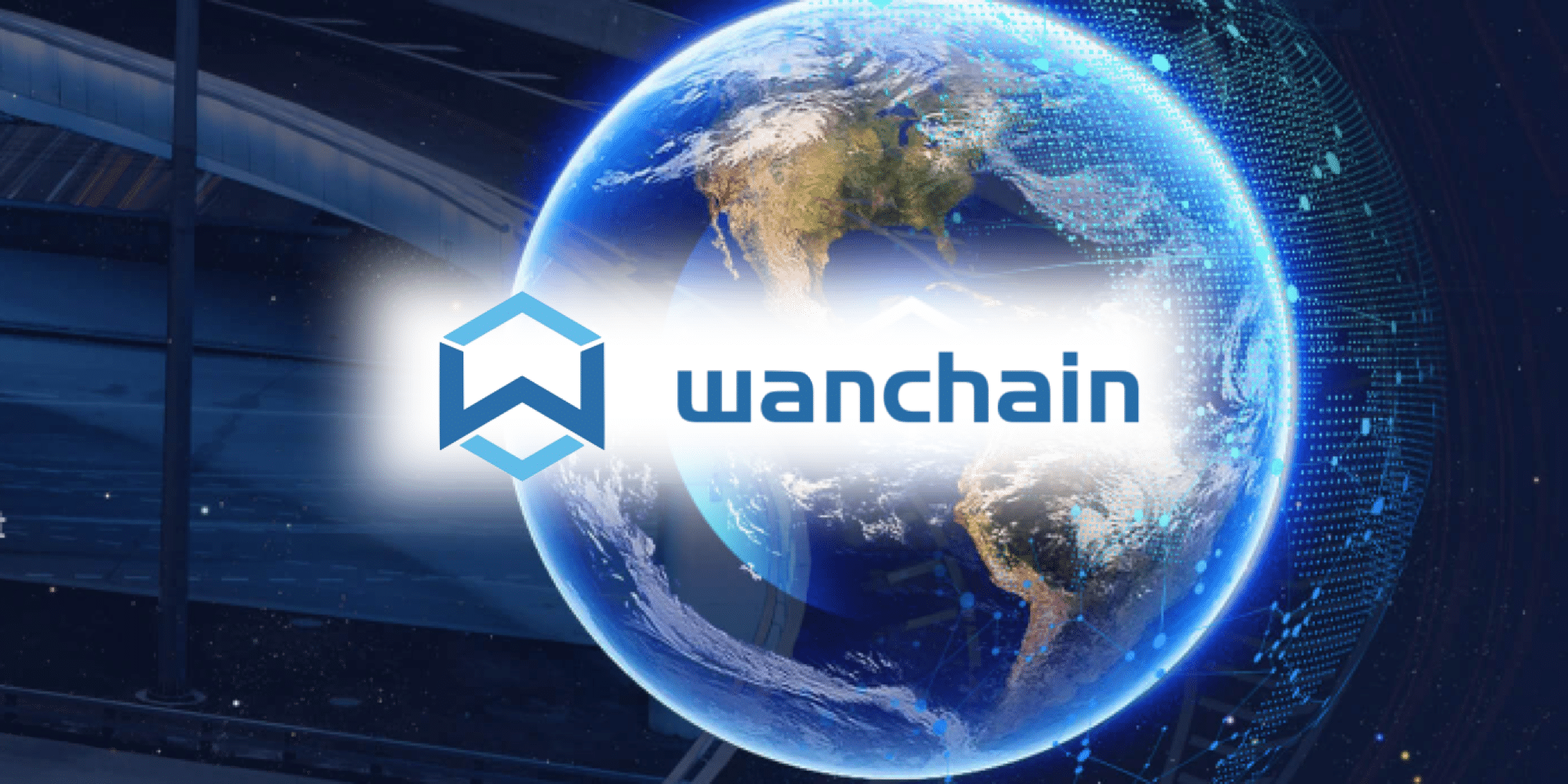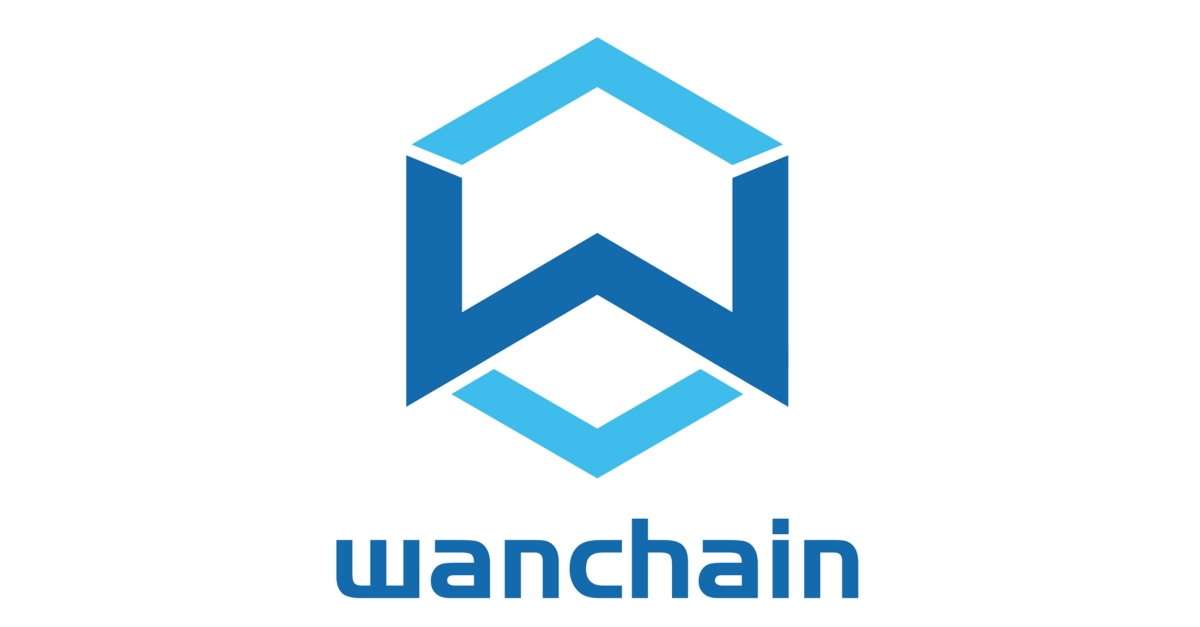Wanchain
About Wanchain:

Wanchain + ADA
What is Wanchain?
Wanchain's primary objective is to establish a novel financial services sector centered on digital assets, leveraging cross-chain compatibility, privacy features, and smart contract capabilities.
Wanchain, an open-source project under the stewardship of the Wanchain Foundation, a non-profit entity registered in Singapore, is in the process of crafting a decentralized financial marketplace rooted in blockchain technology. The project is firmly grounded in three key pillars: cross-chain interoperability, privacy enhancements, and the empowering potential of smart contracts, enabling users to create and employ a diverse array of applications. Wanchain's vision extends to enabling various financial services networks and an array of applications, including decentralized exchanges, lending platforms, stablecoins, multi-currency payment and settlement systems, crowdsourcing, and more. The initiative was initiated by Jack Lu, formerly the co-founder and CTO of Factom, in 2016.
The project's core focus revolves around the expansion of digital assets, which encompasses the tokenization of conventional assets such as stocks and bonds, and how they interact with established blockchains like Bitcoin and Ethereum. Wanchain has introduced the T-Bridge (Trust-Bridge) Framework, a standardized, universal system facilitating the seamless exchange of assets and data between different blockchains.
Wanchain offers users the ability to engage in private transactions through one-time addresses, with upcoming updates set to introduce ring signatures akin to those utilized in Monero. This feature is designed to empower users to interact discreetly and promote the fungibility of their assets.
Wanchain has fostered the development of a diverse array of decentralized applications (dApps) through Wanlabs and Wanchain's core community contributors. Presently, the Wanchain ecosystem boasts eight dApps, including Instant Cross, WanSwap, WanLend, ZooKeeper, Jack's Pot, WanFarm, WanDex, and Dark Forest.
How are Wanchain and Cardano Connected?
Wanchain, a leading global provider of decentralized blockchain interoperability solutions and creator of the pioneering public decentralized cross-chain bridge, is delighted to announce the inclusion of Cardano in Wanchain's cross-chain infrastructure. The Cardano Bridges offered by Wanchain connect the Cardano mainnet to prominent public networks such as Bitcoin, Ethereum, Arbitrum, Astar, Avalanche, BNB Chain, Optimism, Polygon, Tron, and more.
Wanchain operates on a dual-pillar framework: a sustainable Layer 1 PoS blockchain and a decentralized wide area network of interconnected blockchains. The Wanchain Layer 1 PoS blockchain provides a comprehensive Ethereum-like ecosystem compatible with industry-standard Ethereum tools, DAPPs, and protocols. In contrast, Wanchain's wide area network of blockchains constitutes a decentralized system of direct, non-custodial cross-chain bridges facilitating connections between EVM and non-EVM networks, all without reliance on centralized intermediaries. Presently, Wanchain's wide area network interconnects over 25 public networks, including but not limited to Arbitrum, Astar, Avalanche C-Chain, Bitcoin, BNB Chain, Ethereum, Litecoin, Optimism, Polkadot Relay Chain, Polygon, XRP Ledger, Tron, and now, Cardano.
Cardano Bridges: Enhanced Interoperability Empowered by decentralized, non-custodial, bi-directional cross-chain bridges, Wanchain's Cardano Bridges significantly enhance interoperability between different networks, ushering in a substantial influx of new assets and liquidity. Wanchain's Cardano Bridges facilitate the seamless movement of a wide array of assets, including ADA, other native Cardano tokens, all ERC20 tokens, and various notable assets, across Cardano, EVM-based networks, and select non-EVM networks.
From day one, the following routes and assets are fully supported:
- Cardano <> Bitcoin: $BTC
- Cardano <> Ethereum: $ADA, $BTC, $ETH, $USDC, $USDT
- Cardano <> Arbitrum: $USDC, $USDT
- Cardano <> Astar: $USDT
- Cardano <> Avalanche: $BTC, $USDC, $USDT
- Cardano <> BNB Chain: $BTC, $USDC, $USDT
- Cardano <> OKT Network: $USDT
- Cardano <> Optimism: $USDC, $USDT
- Cardano <> Polygon: $USDC, $USDT
- Cardano <> Tron: $USDC, $USDT
- Cardano <> Wanchain: $ADA, $BTC, $ETH, $USDC, $USDT, $WAN
The Cardano Policy ID for these assets:
25c5de5f5b286073c593edfd77b48abc7a48e5a4f3d4cd9d428ff935.
Other routes and assets will be added over time. Specific routes and assets can be requested by anyone at any time.
Stable Prospects in the Web3 Space Wanchain's Cardano Bridges introduce fresh prospects for developers and users, enabling the utilization of ADA and other native Cardano tokens in any Web3 application across EVM-compatible networks. Additionally, ADA, BTC, ETH, USDC, USDT, and WAN can now all seamlessly access Cardano. It's noteworthy that this marks the inaugural appearance of fiat-backed stablecoins, specifically USDT and USDC, on the Cardano mainnet.
The Cardano Bridges represent a significant project for Wanchain, a strong advocate for innovation and blockchain interoperability. Given the unique characteristics of the Cardano network compared to other public blockchains, the Wanchain team invested in the comprehensive development of Haskell smart contracts to facilitate cross-chain transactions. They also upgraded the Wanchain bridge nodes to enable the creation of UTXO transactions for invoking Cardano smart contracts. Wanchain collaborated with Input Output to implement essential changes in Cardano, involving the integration of native support for a Schnorr signature and the Secp256k1 curve. For more information on these endeavors, please refer to these resources (link 1) and (link 2).
Future Outlook With the Cardano Bridges effectively connecting the Cardano mainnet to Wanchain's extensive network of public blockchains, Wanchain's forthcoming interoperability solutions, including the decentralized general message passing platform, will soon be accessible on Cardano.
The Cardano Bridges are already open for exploration, and individuals interested in delving into the numerous advantages can find more details here.
Wanchain Team
Jack Lu
Chief Executive Officer
Temujin Louie
Director of Marketing
Ni Li
VP of Business Development and Operations
Roadmap:
Wanchain 5.0
wanBridges enable trustless cross-chain transactions
-
Permissionless wanBridge mechanism enables trustless cross-chain transactions between any pair of blockchains
-
Cross-chain wanBridges secured by trustless staking and delegation mechanism
-
Enables bidirectional asset transfer between Ethereum and Wanchain
Wanchain 4.0
T-Bridge Framework
-
T-Bridge framework enables cross-chain connection with private blockchains
-
T-Bridge enables the exchanges of assets and data between public and private blockchains
Galaxy Consensus
Galaxy Consensus Proof of Stake
-
Consensus mechanism upgraded to Galaxy Proof of Stake
-
Permissionless consensus mechanism based on Ouroboros Proof of Stake
-
Trustless & non-custodial delegation mechanism
Wanchain 3.0
Expansion of cross-chain mechanism to support both BTC and EOS transactions
-
Cross-chain transactions with BTC
-
Cross-chain transactions with EOS
Wanchain 2.0
Storeman group powered Wanchain — Ethereum cross-chain transactions
-
Cross-chain transactions with Ethereum
-
Permissioned Storeman groups enable cross-chain transactions
Wanchain 1.0
Mainnet Launch
-
Wanchain launches an independent blockchain focused on developing the interoperability and privacy features which are prerequisites for the future of digital finance
-
Theoretical blueprints for interoperability features completed
-
Features private transactions and smart contracts at launch with work on interoperability features underway
